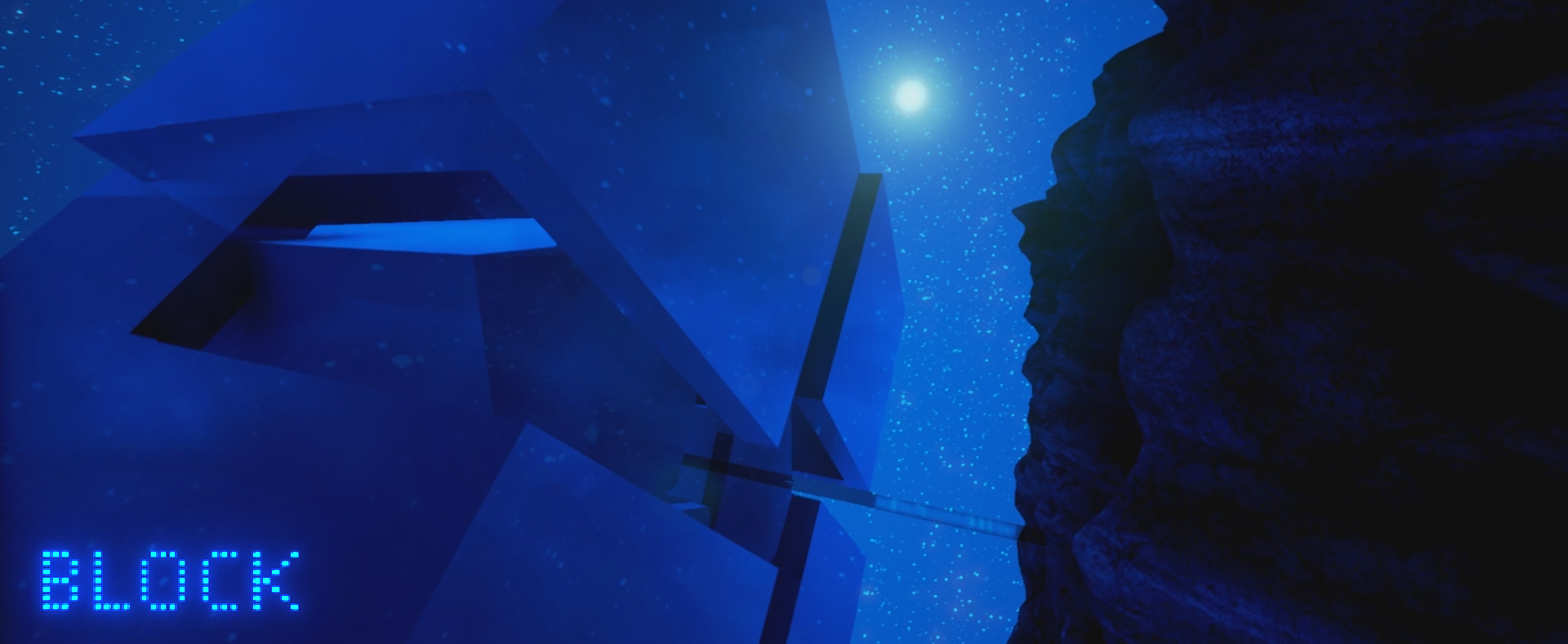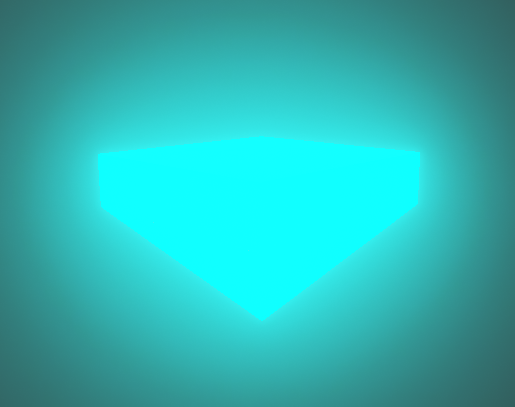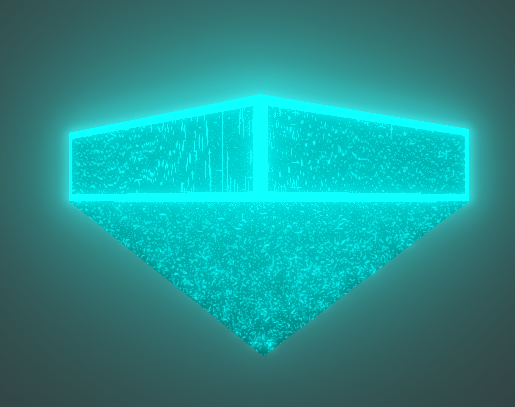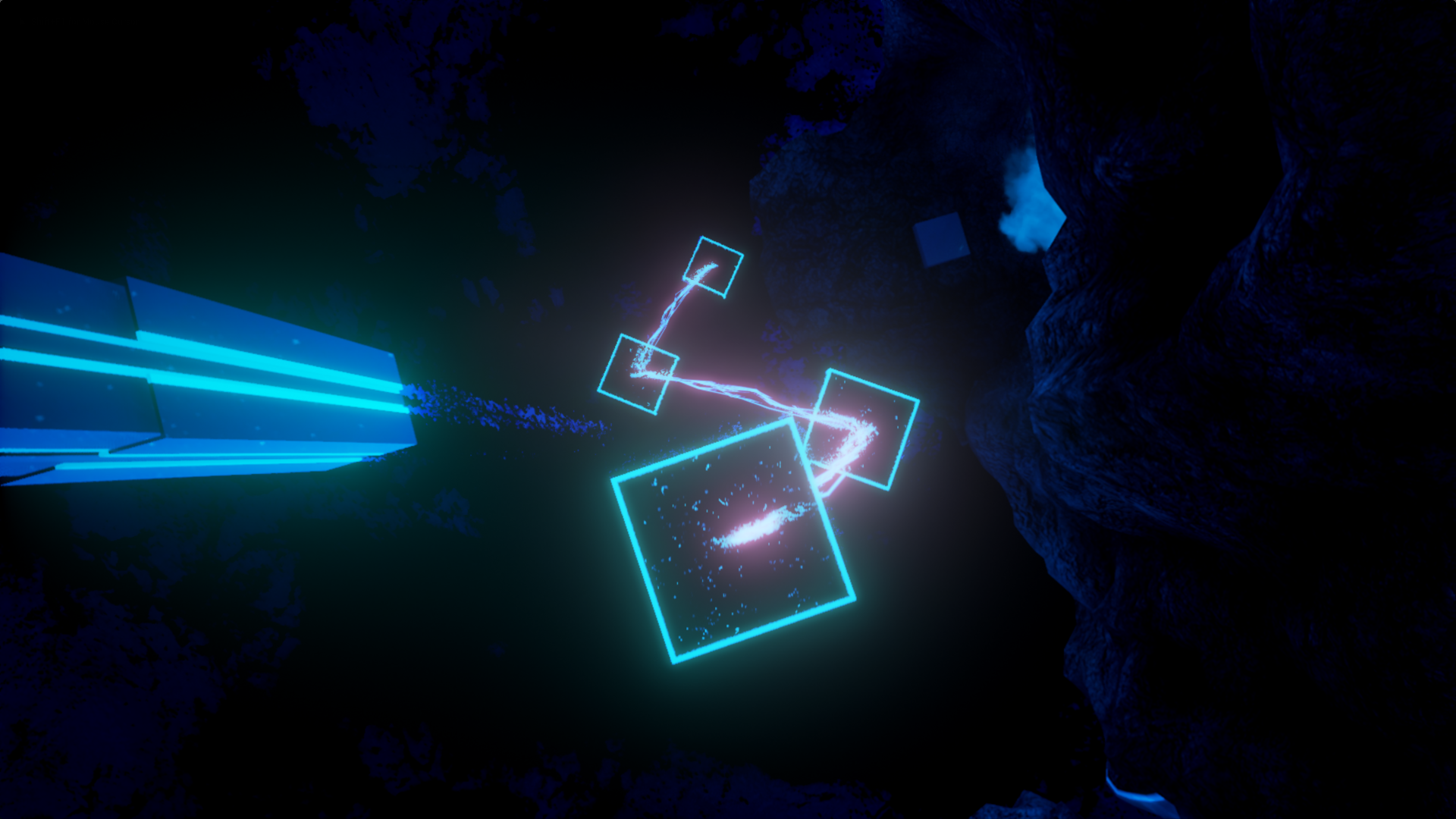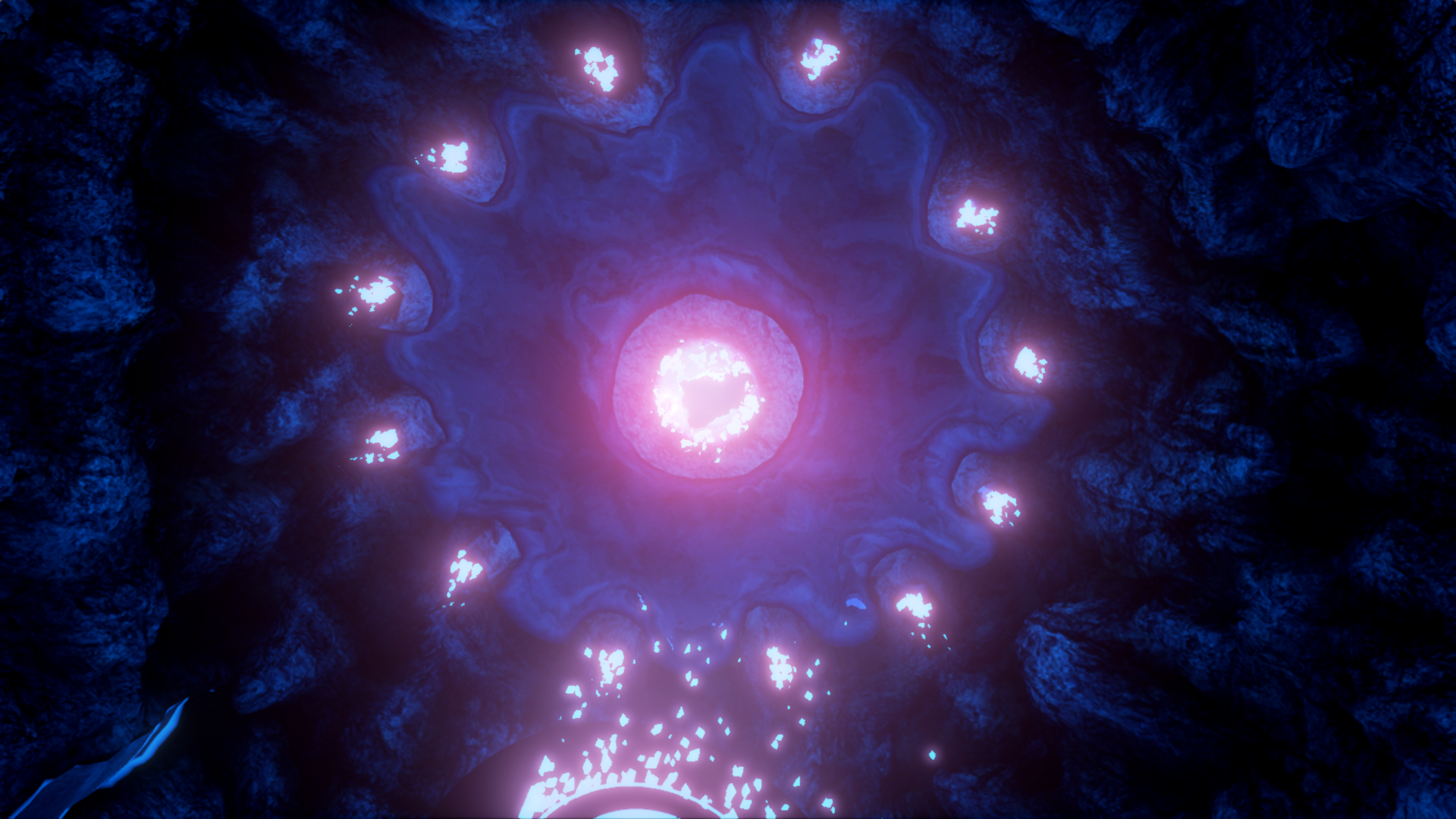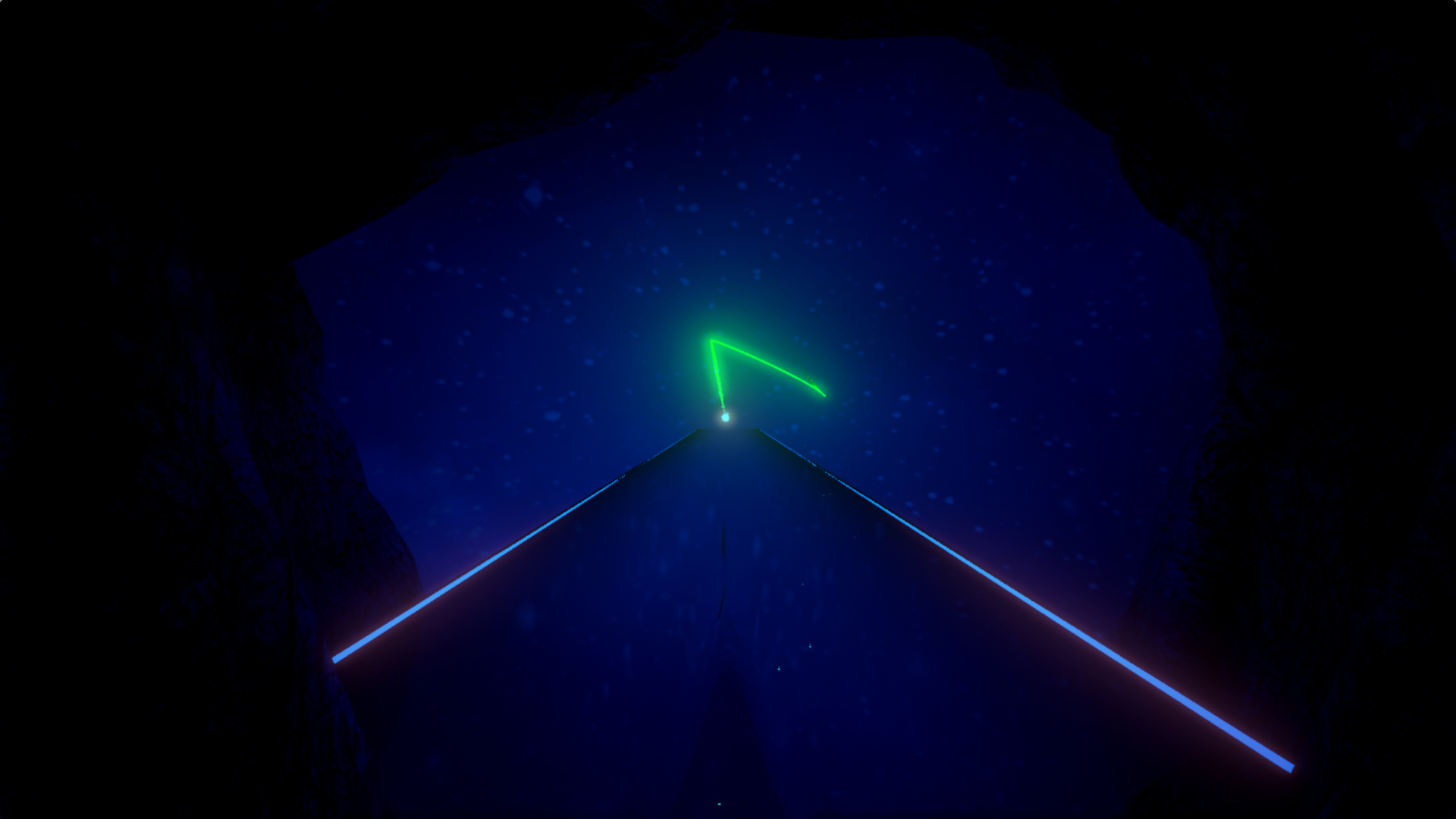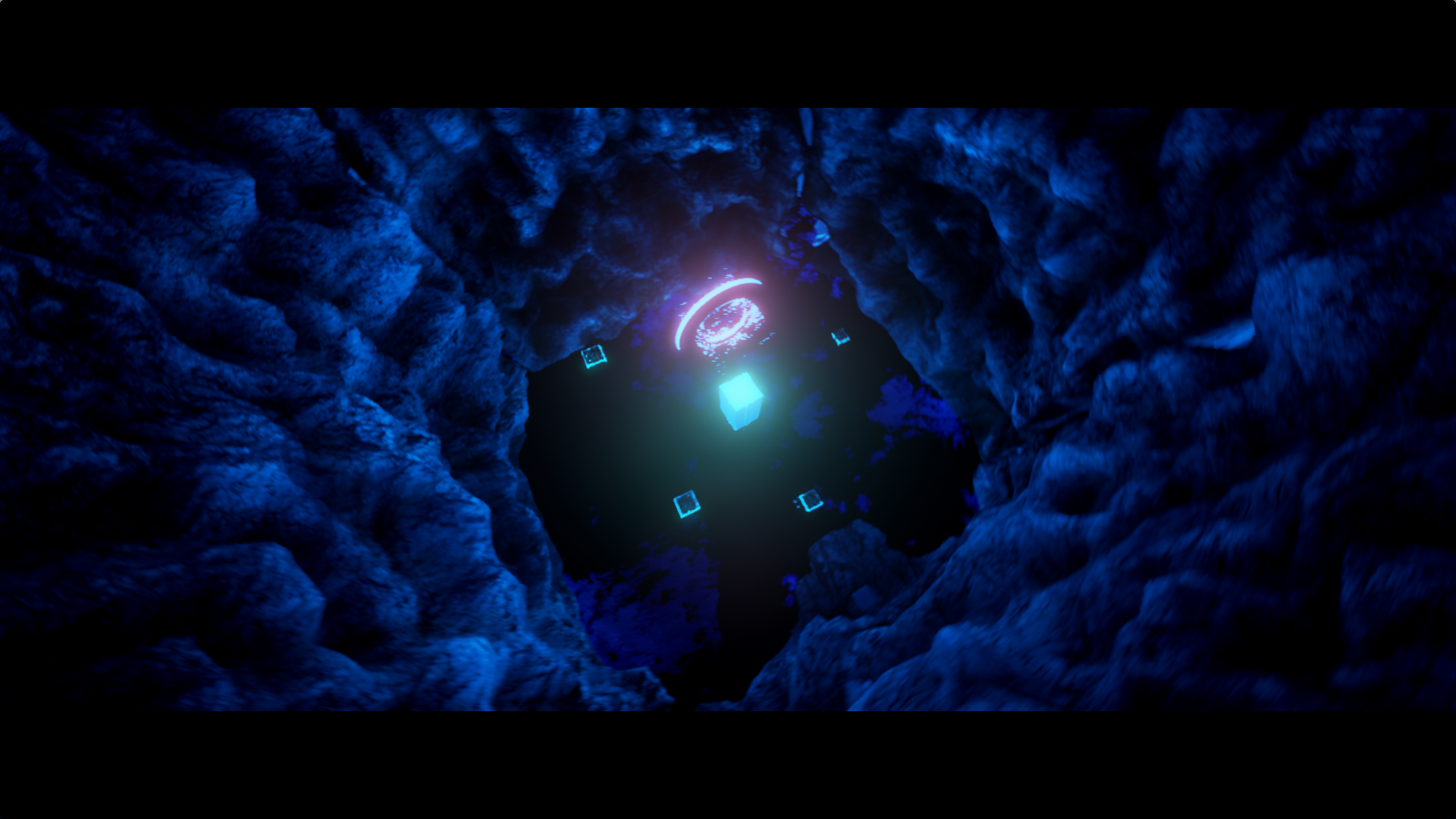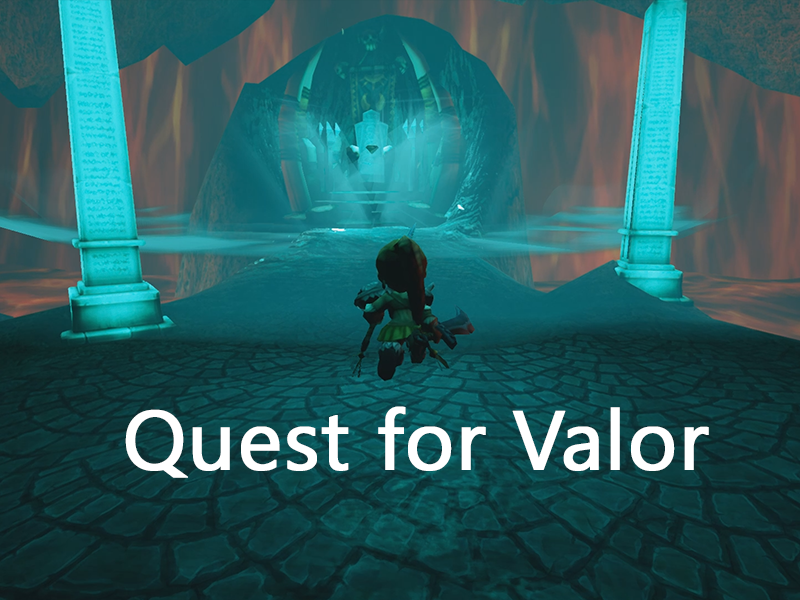 Quest for Valor
Quest for Valor
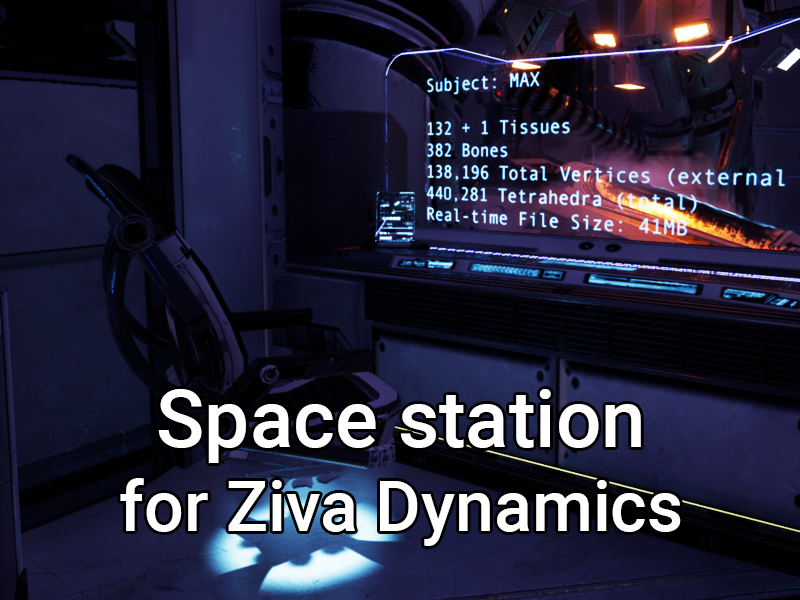 Space station for Ziva Dynamics
Space station for Ziva Dynamics
BLOCK
DESCRIPTION
BLOCK is a PC first person action game that blends together platforming and puzzle solving. The player must solve different mechanical/construction puzzles interacting with shiny crystals, in order to get out from the cave where the game takes place.
Nothing is terrible like being an urban ghost: a pile of dirty clothes that hides what once was a human being. This is what Sophie says every day to herself: to the only person truly interested to what she has to say. One day, when she finally finds someone willing to help her, she realizes that she was wrong: something even worse awaits her.
At first, the shocking beauty of a huge cave full of shiny crystals surprises that girl that nothing knows than downtown; soon she realizes that this colorful world is nothing else than a nightmare. Hidden in the dark, someone is playing with her; strange lights and a mysterious voice push her to go through an apparently infinite maze, looking for a way out.
DETAILS
Catg Game Design, Level Design, Narrative
PROD 3 Months
ENGINE Unreal 4.13
REL 12/2016
TYPE Project @ VFS
TERM 5 and 6
